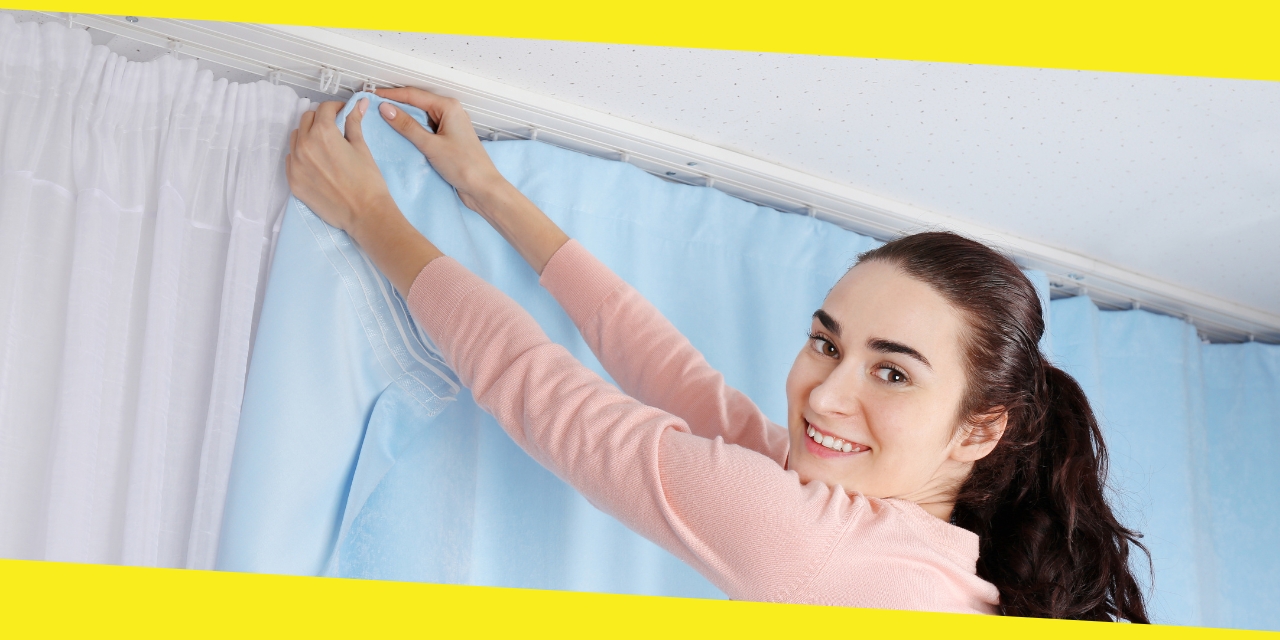A Guide to Window Treatments for Allergy Sufferers: How to Minimize Irritants in Your Home

Windows are essential to any home by providing natural light and ventilation. However, they can also allow allergens to enter your space. For those who suffer from allergies, you might want to add treatments to minimize the irritants that enter your home through open windows.
Window treatments come in many forms and materials, from curtains to blinds to shutters. Choosing and installing the right treatments will help cater not only to your allergy problem but also to give your home an incredible sight! Read on for some tips on minimizing irritants in your home and ensuring a healthier living environment.
Contents
Toggle#1: Select the suitable material.
Choosing the proper materials is critical, especially since you need to consider the impact of materials on allergies. The best options are those that are easy to clean and maintain or those naturally resistant to mold and dust mites, such as metal and wood. Avoid materials that can trap allergens and make them difficult to remove. Also, ensure high-quality materials and proper installation from the experts like Bumble Bee Blinds to get your money’s worth.
#2: Avoid fabric blinds.
While the popular fabric blinds provide excellent insulation and look great in their various colors and styles, they are difficult to clean. Pollen, pet dander, and others harmful to allergy sufferers can accumulate in these materials. If you still want to use this type of window treatment, consider using those with vinyl or faux leather slats that are easier to clean.
#3: Use pleated shades.
You can prevent allergens from entering your home with pleated shades that are tightly sealed to the window frame. These are also ideal for those who like the “classic” look for their windows. They provide insulation, blocking cold or hot air and allowing light in. Additionally, pleated shades are relatively inexpensive and easy to install.
#4: Install blinds on the outside of your windows.
Another effective way to block out irritants before they enter your home is to provide a layer of filter outside. These are available in aluminum, wood, or vinyl treated with a water-repellent finish to prevent mold growth. Installing blinds on the outside of your windows is helpful for those with allergies. It is also practical for those living in climates with extreme temperature changes.
#5: Put tight-fitted screens on windows.
Screens are an effective way to keep small allergens like pollen out of your home while still allowing in natural light and ventilation. They should be installed tightly over each window opening with no gaps around the edges to prevent any infiltration into your home. Make sure to clean your screens regularly and replace them when necessary.
#6: Maintain and clean periodically.
It is essential that you regularly clean your shades, blinds, or shutters to prevent the buildup of dirt, dust, and other allergens on the surface. Vacuuming or brushing off the blinds and curtains reduces the number of irritants in your home. Also, remember to have them washed at least twice a year with a hypoallergenic laundry detergent.
These are just a few tips on minimizing allergens in your home using window treatments. Make sure to choose one that is right for your lifestyle, budget, and needs to create an allergy-free living environment!
Recommended For You
Home Painting Tips for a Navratri Celebration
Most Inside
Most Inside offers high-quality recommendations and valuable updates to enhance all aspects of your life, providing premium guidance and enriching experiences.




